Wine Cellar Maintenance
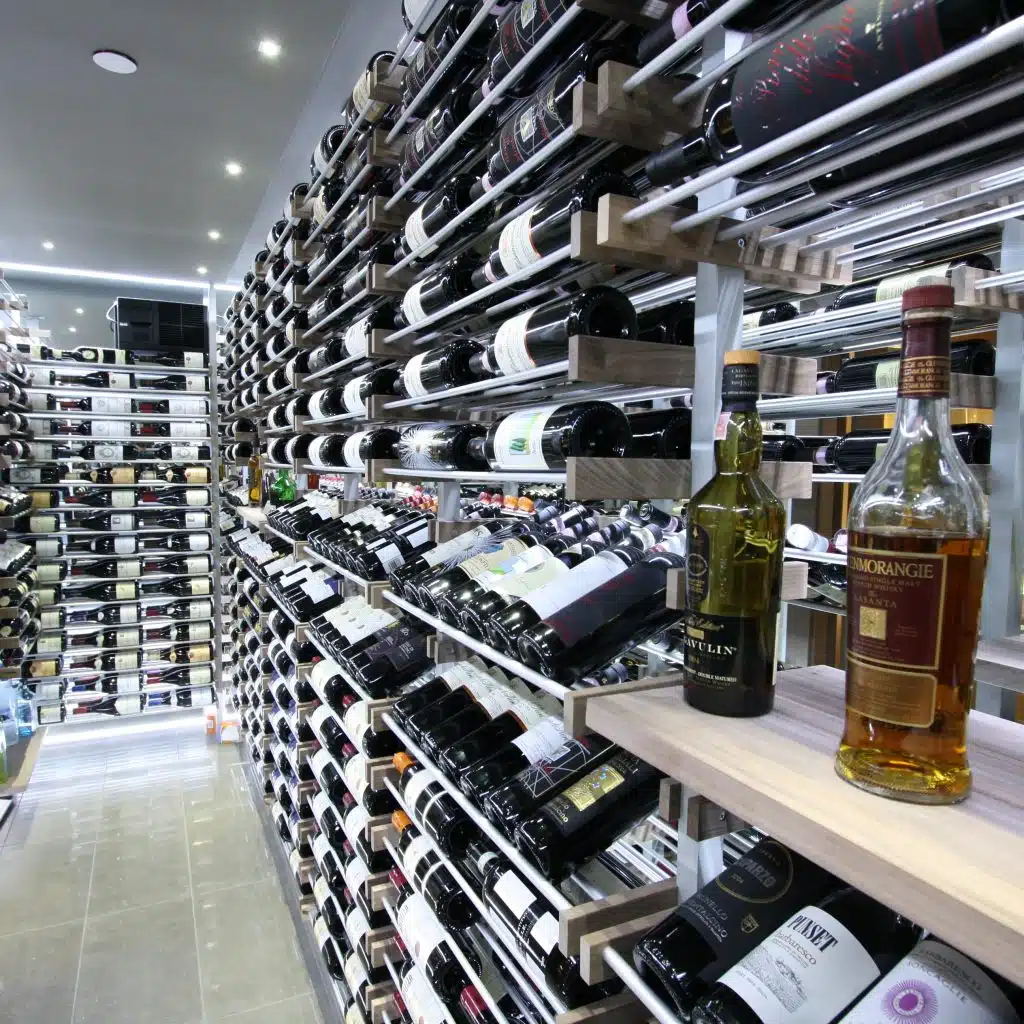
Looking for wine cellar design inspiration? You have come to the right place. Here we feature stunning custom wine cellar designs.
All about wine cellar refrigeration systems, cooling units and more. Refrigeration systems can be vital to preserve your prize wine collection.
We offer tastefully designed wooden and metal custom wine racks both for residential and commercial applications.
Creating a custom wine cellar requires attention to every element involved. The flooring of the wine cellar is one of the elements.
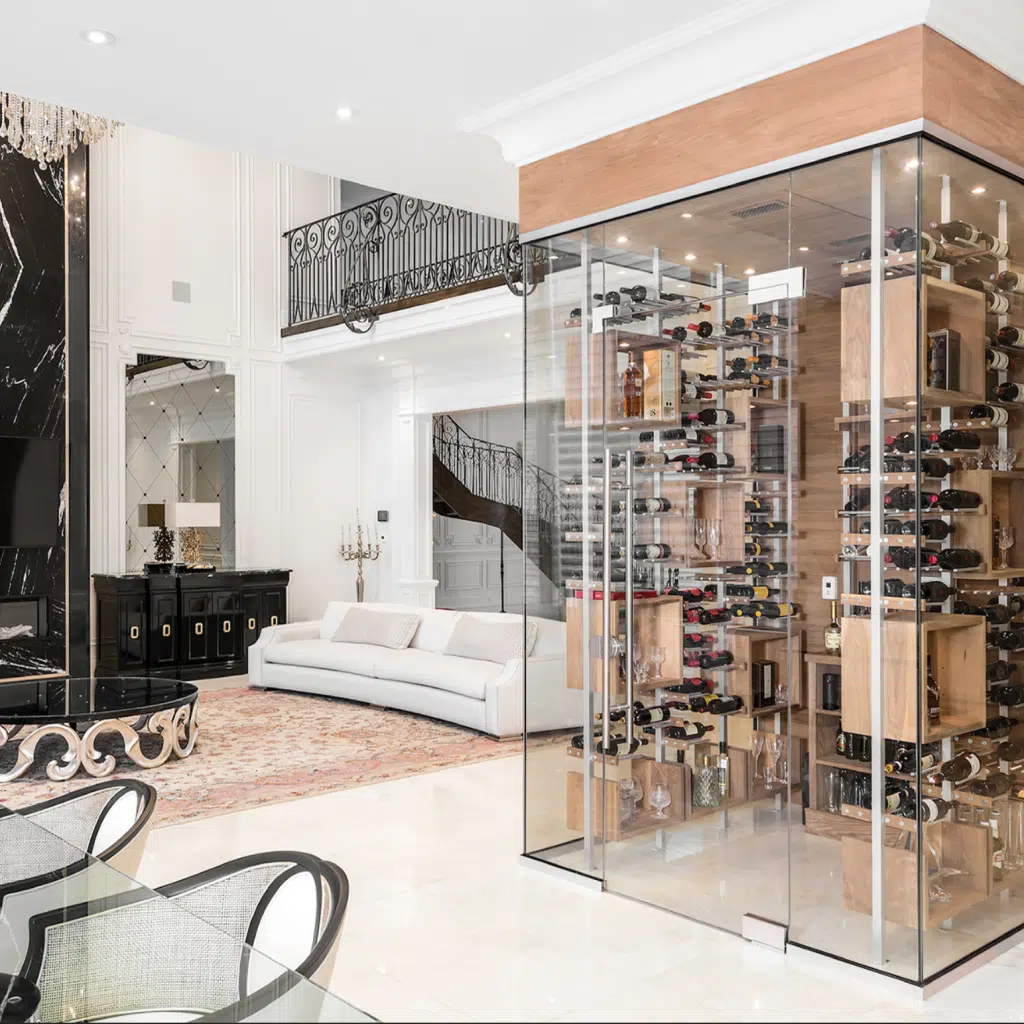
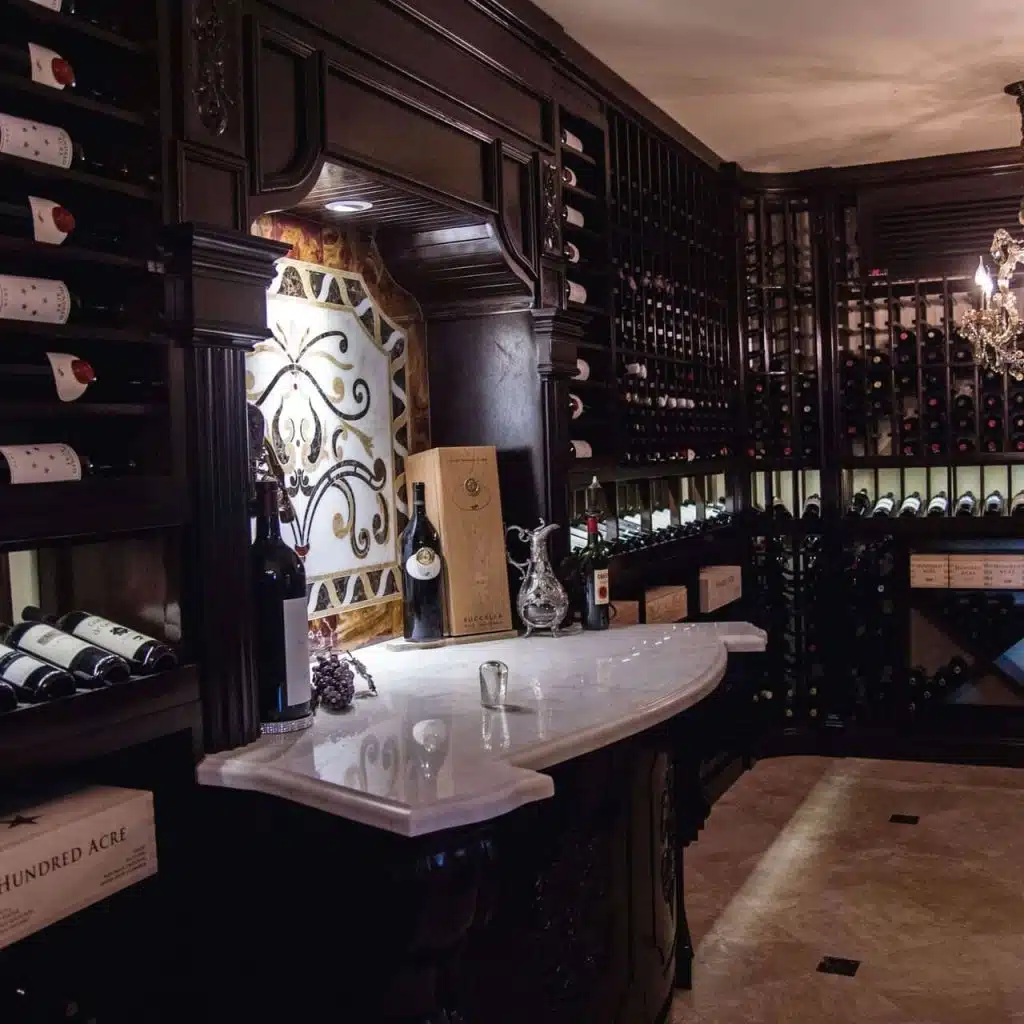
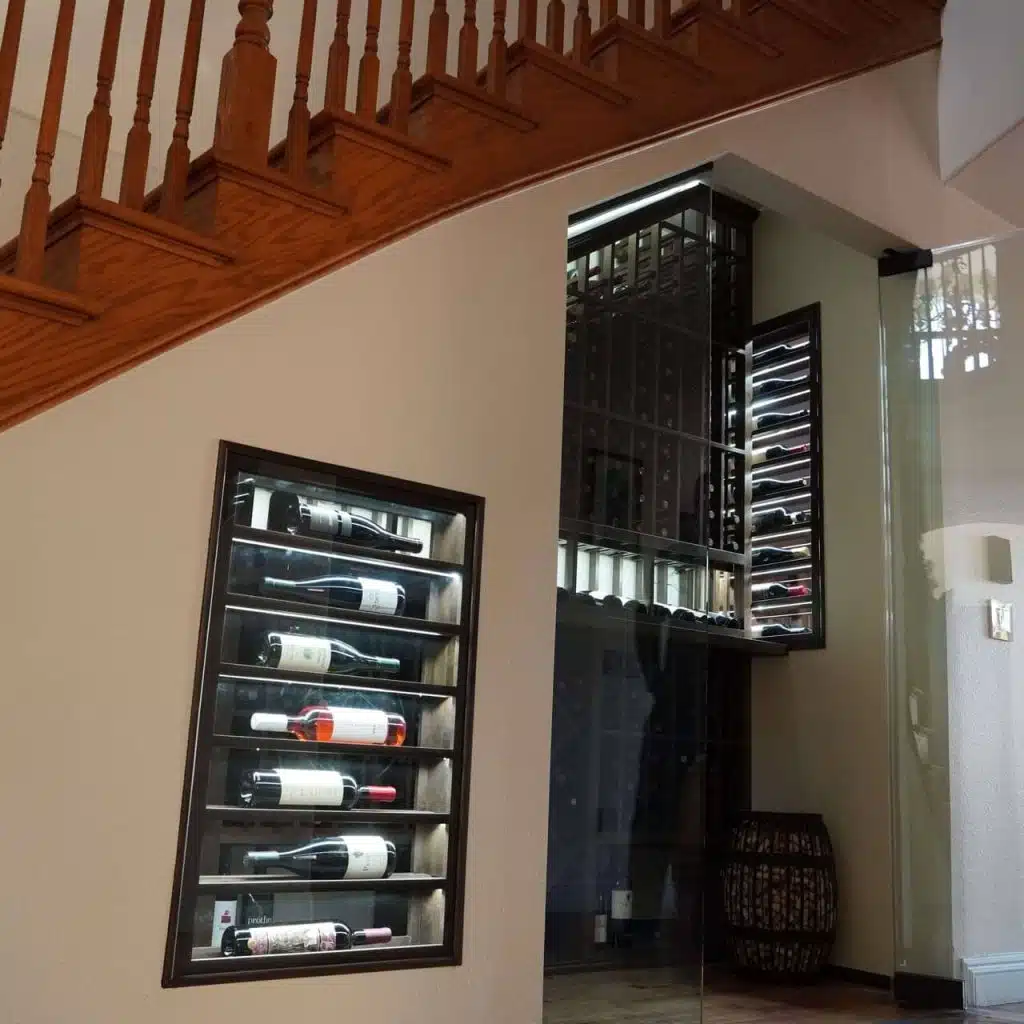
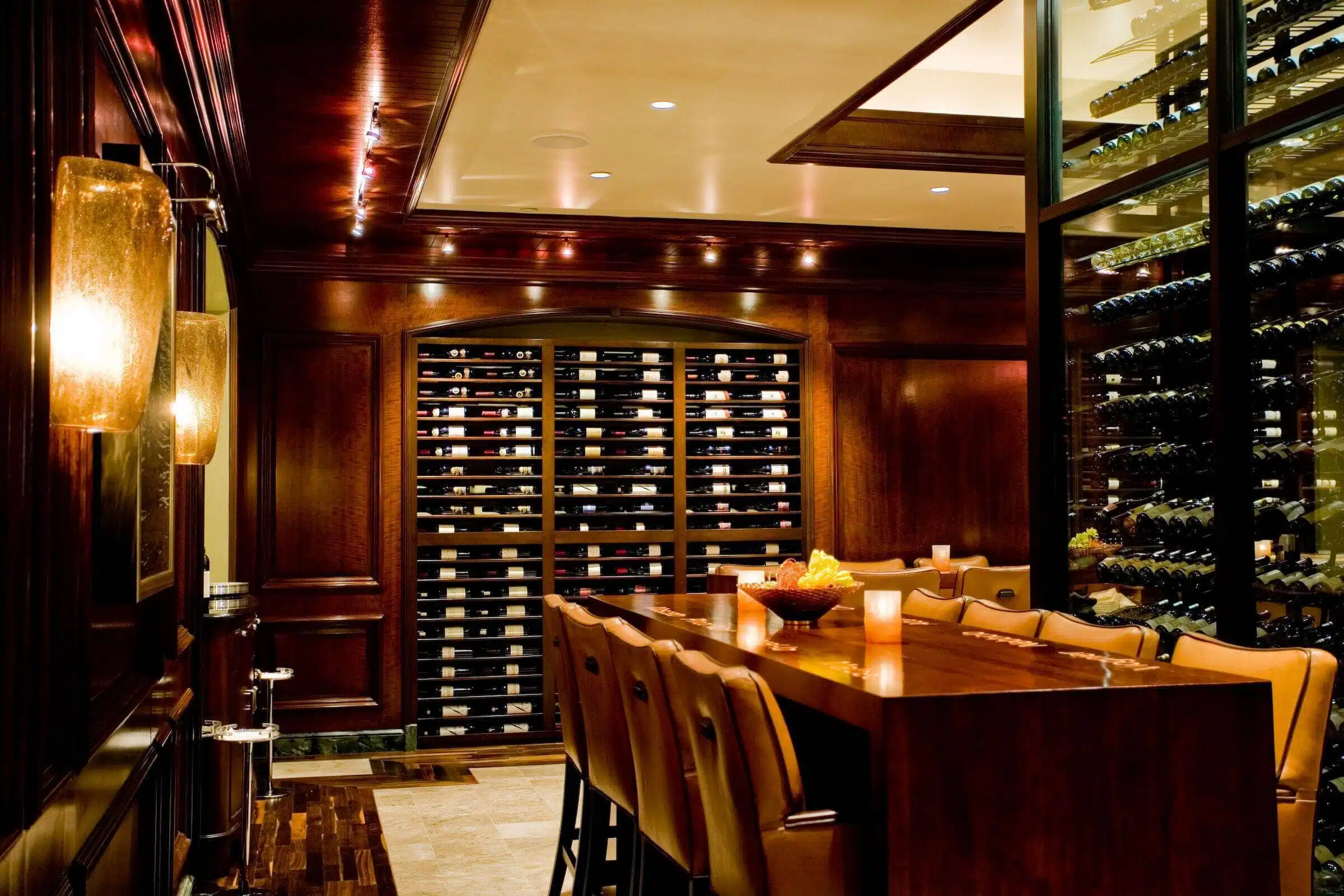
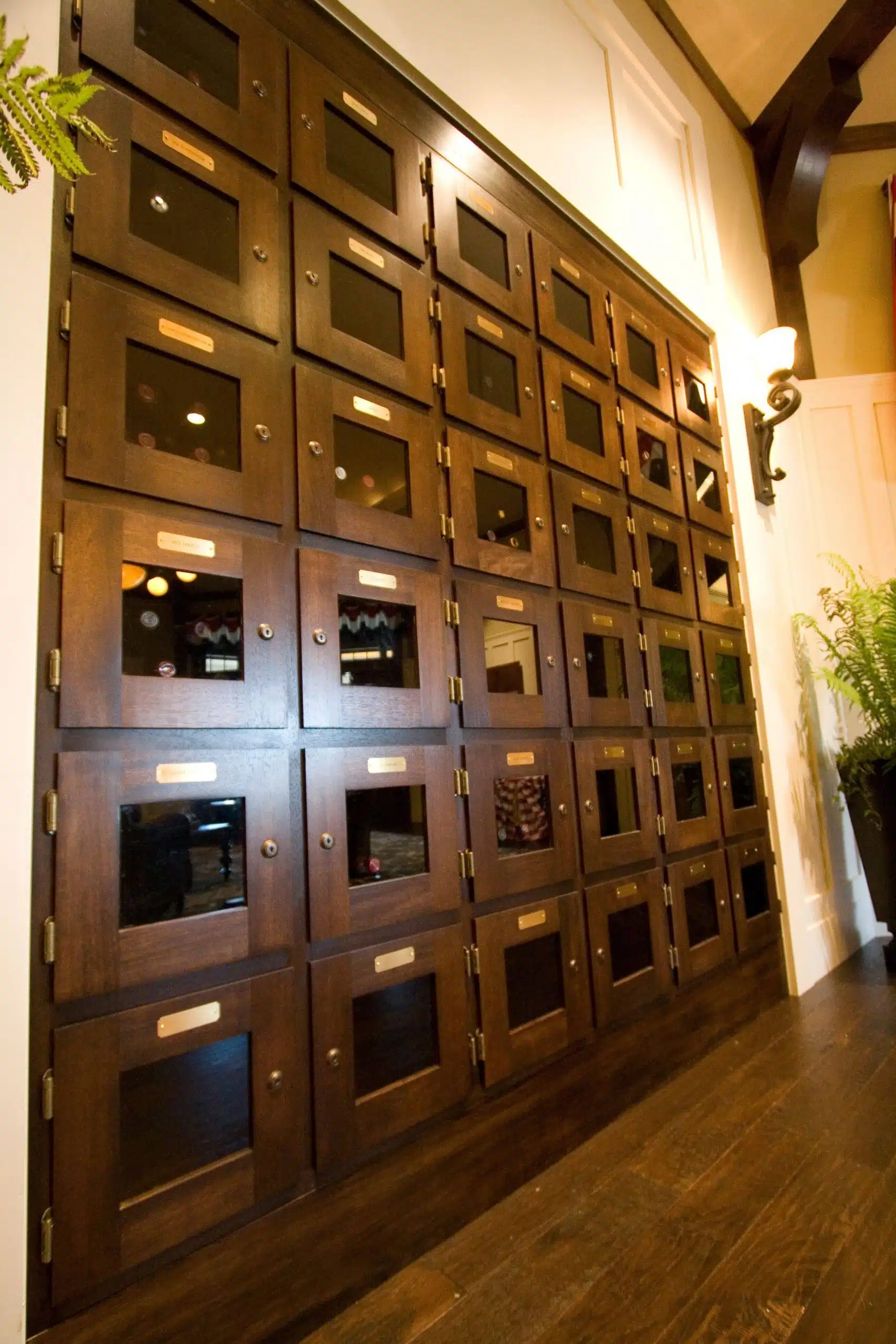
Mismatched cooling systems, poorly implemented insulation, missing or no vapor barriers, inappropriate materials, leaking seals, all contribute to two major problems.
100%
CUSTOMER SATISFACTION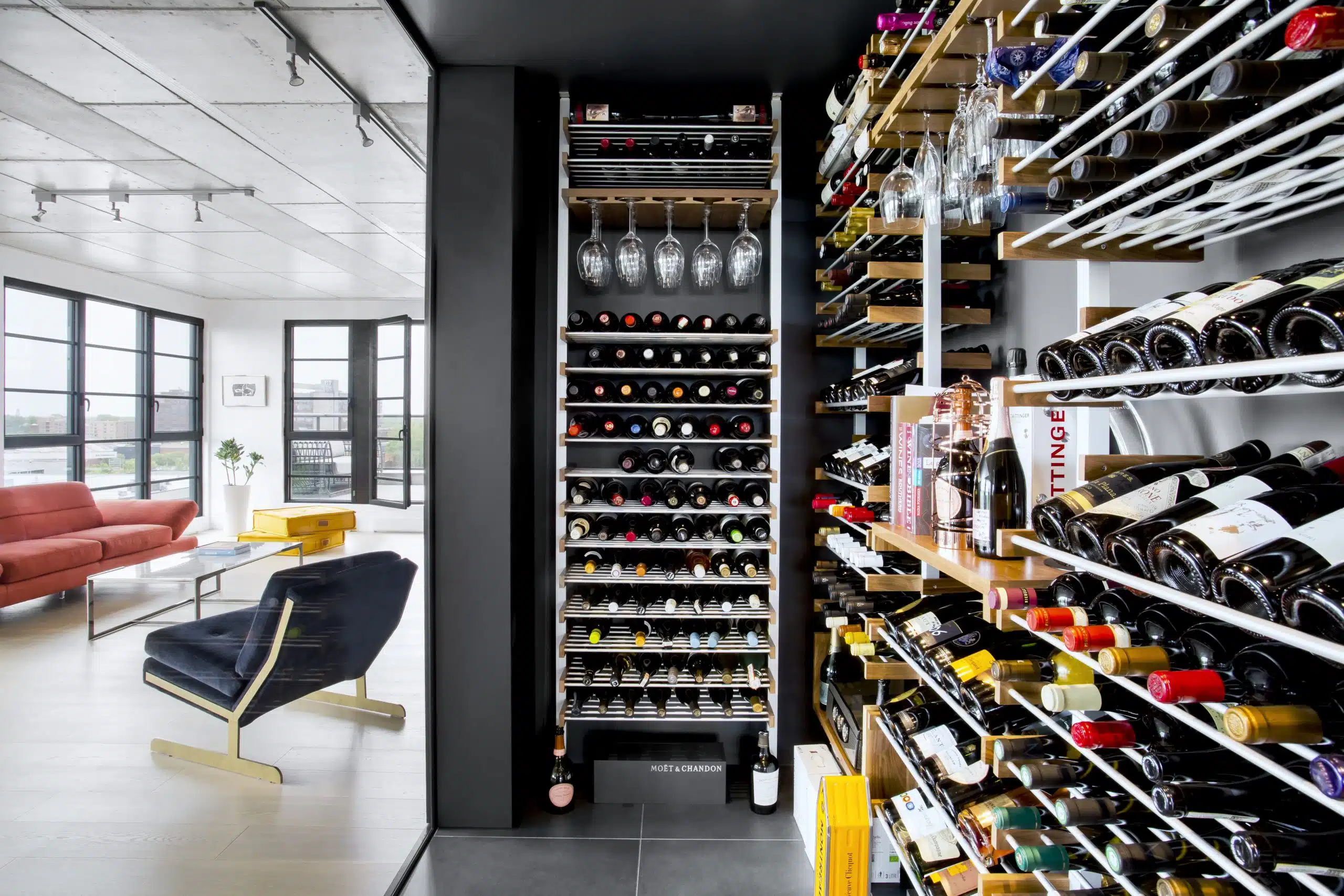
+21
YEARS OF EXPERIENCE

Google Rating
4.6
Based on 19 reviews
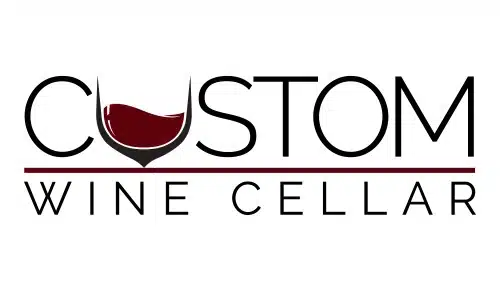
Custom Wine Cellar
4.6
X
L
Lucas Rodriguez
A
Adam Barnett
T
Trista Mcguire
M
Margie Glascoe
D
David Raya